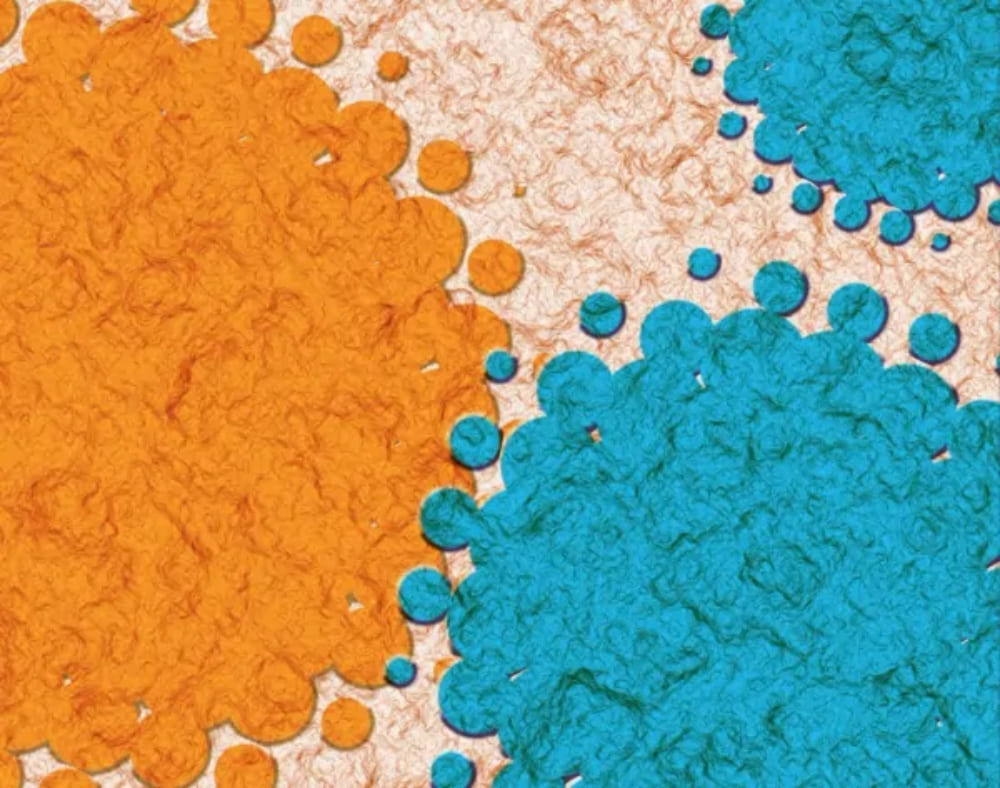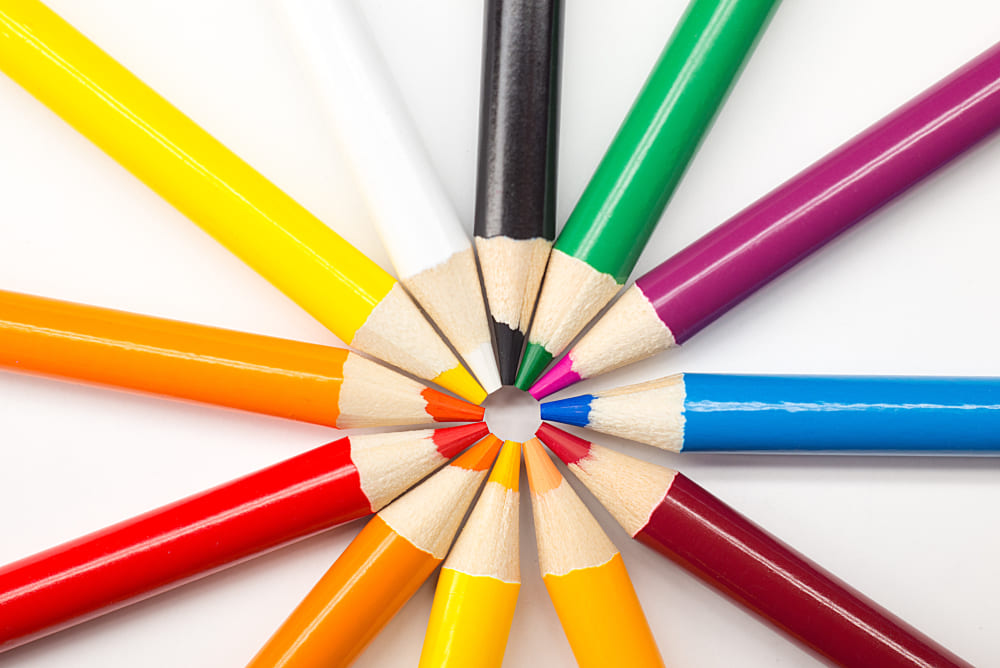Unleashing the Magic: Exploring What Colors Make Brown
Have you ever found yourself staring at a blank canvas, wondering what colors to mix to create the perfect shade of brown?
Don't worry, you're not alone! Brown is a versatile and essential color that can be used in many art forms, from painting to graphic design. But what colors make brown, and how do you mix them?
In this article, we'll explore the primary colors (If you want to know what primary colors are, check out here) that can be mixed to create brown, and provide you with easy-to-understand tips and tricks for colors to make brown.
So, let's dive in!

In this article, you will learn:
- Mixing Primary Colors to Make Brown
- Mixing Complementary Colors to Make Brown
- Other Ways to Create Brown
- Let Your Imagination Fly and Be Brave Enough to Try Color Mixing
Mixing Primary Colors to Make Brown
Have you ever wondered what makes brown? Is it a mysterious alchemy of colors, or just a happy accident in the paint-mixing process?
Well, buckle up, because we're about to dive into the exciting world of color mixing and find out what colors make brown when mixed together. Spoiler alert: it's not just a bunch of brown crayons melted together (although that does sound pretty fun).
1. The Primary Colors and Making Brown
Primary colors are the building blocks of all other colors. There are three primary colors: red, yellow, and blue. By mixing these colors, we can create a wide range of shades, including brown.
To make brown, mix all three primary colors together. Mixing equal amounts of red and yellow first creates orange, which can then be mixed with blue to create brown.
This process can be repeated with different shades of the primary colors to create different shades of brown.
The exact shade of brown depends on the proportions of each color and their specific shades.

2. The Influence of Color Shades
The specific shades of red, yellow, and blue can impact the resulting brown color. Darker shades of primary colors will create a darker brown, while lighter shades will result in a lighter brown.
For example, mixing a deep red with a dark blue and a mustard yellow will produce a rich, dark brown.
On the other hand, mixing a pastel red with a sky blue and a lemon yellow will create a lighter, more muted brown.
3. Ratios of Primary Colors for Different Shades of Brown
The proportions of red, yellow, and blue can be adjusted to create different shades of brown. Here are a few examples:
- For a warm, reddish-brown, mix equal parts red and yellow with a smaller amount of blue.
- To achieve a cool, greenish-brown, combine equal parts blue and yellow, and add a smaller amount of red.
- For a more neutral brown, mix equal amounts of all three primary colors.
Here is a YouTube Tutorial on how to make brown from primary colors:
Experiment with different ratios of primary colors to find the perfect shade of brown for your project. The possibilities are endless!
Mixing Complementary Colors to Make Brown
Have you ever wondered how to create the perfect shade of brown? While mixing primary colors is one way to achieve this, did you know that complementary colors can also be used to create brown?
In this section, we'll explore how to mix complementary colors to make brown and provide you with easy-to-understand tips for achieving the perfect shade.
Complementary colors are opposite each other on the color wheel, and when mixed together, they create a neutral or muddy color like brown. This is because complementary colors cancel each other out, resulting in a less vibrant color.
If you're curious about what two colors make brown, the answer is simple: blue and orange. Mixing equal amounts of blue and orange will create a brown color, but the resulting shade of brown can be varied by using different shades of blue and orange.
For example, mixing a brighter shade of orange with a darker shade of blue will create a warmer, reddish-brown color, while using a brighter shade of blue with a darker shade of orange will create a cooler, bluish-brown color.
Different ratios of blue and orange can also be used to create different shades of brown.
Using more blue and less orange will create a cooler, bluish-brown color while using more orange and less blue will create a warmer, orangish-brown color.
Complementary colors are a great way to create unique and customized shades of brown and can be used in a variety of art forms, from painting to graphic design.
By understanding how to mix complementary colors to create brown, artists and designers can expand their color palettes and create more complex and nuanced works of art.

Other Ways to Create Brown
When it comes to creating the perfect shade of brown, there's more than one way to mix it up. In addition to the primary colors that can be mixed to create brown, there are other methods that can come in handy, depending on the medium used and the desired result.
1. Tertiary Colors and Mixing Secondary and Primary Colors
In addition to mixing primary colors, tertiary colors can also be used to create a range of browns. Tertiary colors are created by mixing a primary color with a secondary color, such as red-orange or yellow-green.
By mixing different combinations of tertiary colors, artists can create a wide range of browns that have more depth and complexity than browns created with just primary colors.
Mixing secondary and primary colors together can also create unique shades of brown.
For example, mixing purple and yellow together can create a warm, reddish-brown, while mixing green and red together can create a cooler, bluish-brown.
By experimenting with different combinations of secondary and primary colors, artists can create customized shades of brown that suit their needs and preferences.
2. How Different Art Mediums Affect the Resulting Shade of Brown
The art medium used can also affect the resulting shade of brown. Mixing paint colors will create a different shade of brown than mixing ink colors or colored pencils, for example.
This is because different art mediums have different levels of opacity, translucency, and saturation, which can affect how the colors mix together.
In paint, for example, the type of paint used (acrylic, oil, watercolor) can affect the resulting shade of brown. Acrylic paint tends to create brighter, more vibrant shades of brown, while oil paints can create richer, more muted shades.
Watercolors, on the other hand, tend to create more translucent shades of brown that can be layered to create depth and complexity.
In ink, the type of ink used (dye-based, pigment-based) can affect the resulting shade of brown. Dye-based inks tend to create brighter, more vibrant shades of brown, while pigment-based inks can create richer, darker shades.
Colored pencils can also create unique shades of brown depending on the pressure and layering used.
By layering different shades of brown on top of each other, artists can create nuanced and complex shades that are unique to colored pencils.

Let Your Imagination Fly and Be Brave Enough to Try Color Mixing
Color mixing is essential for artists and designers, as it allows them to create unique and impactful works of art.
By understanding how to create brown, artists can expand their color palette and create more complex and nuanced pieces. Color mixing also allows artists to create a sense of depth and contrast in their work, as they can use different shades and tones to create visual interest.
We encourage you to experiment with your own color-mixing techniques and share your results with us!
Product Recommendation:
TourBox is a device that can be a helpful tool in the field of color design. With customizable shortcuts for common tasks such as color selection and adjustment, TourBox can help artists and designers streamline their workflow and increase efficiency.
By incorporating tools like TourBox into their creative process, artists can focus more on their work and less on the technical aspects of color selection.

We've explored the magical world of color mixing and discovered what colors make brown when mixed together. We've debunked all the myths and found that all you need are the primary colors and a little bit of creativity to create the perfect shade of brown.
So next time you find yourself in a brown painting predicament, don't panic! Just remember what colors make brown when mixed and let your inner artist shine.
And who knows, maybe one day we'll even discover a new color that makes brown when mixed. But until then, keep mixing, experimenting, and creating with the colors at your fingertips!